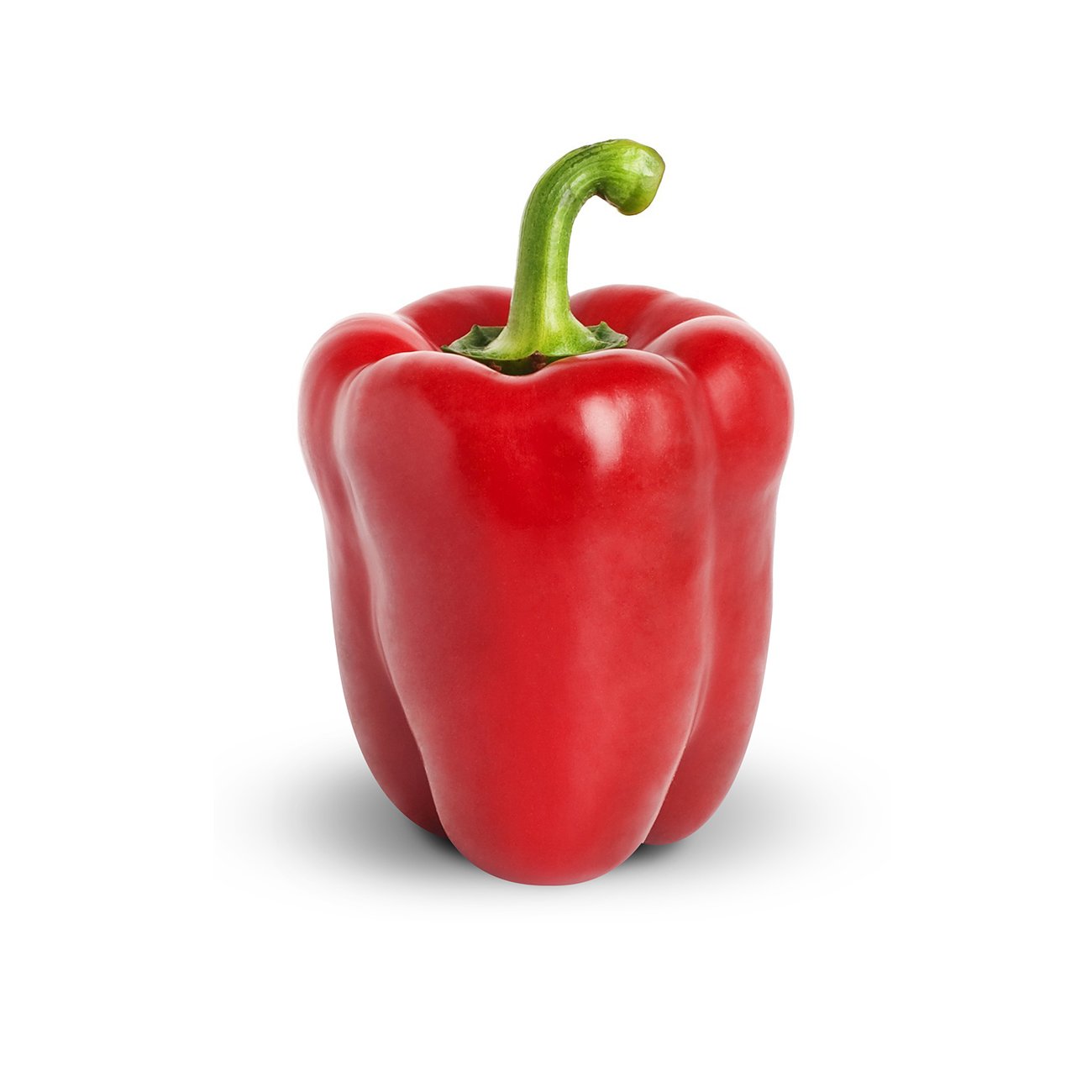The most common tomatoes are round in shape, with a bright red shiny skin and red pulp and whitish seeds. The huge variety of tomatoes available has led to hundreds of uses for this versatile fruit (that's right—it is technically a fruit, rather than a vegetable).
-
Harvesting
Tomato quality is based on uniform shape and colour, firmness and freedom from growth or handing defects (cracks, catfacing, zippering, sunscald, insect injury, mechanical injury and bruises). They are sensitive to many production and environment-genetic interaction disorders, which may be manifested during postharvest ripening or postharvest inspection.Postharvest storage temperature
Optimum storage temperatures relate to fruit maturity and whether tomatoes require further ripening. For standard ripening they should be held at 18–21°C (90–95% relative humidity). For slow ripening 14–16°C (90–95% relative humidity). Tomatoes are chilling sensitive at temperatures below 10°C if held for longer than 2 weeks or at 5°C for longer than 6–8 days. Consequences are failure to ripen and develop full colour and flavor, irregular colour development, premature softening, surface pitting, browning of seeds, and increased decay. Freezing injury will be initiated at -1°C depending on the soluble solids content. Symptoms include a water-soaked appearance, excessive softening and desiccated appearance of the locular gel.Controlled atmosphere storage
Controlled atmosphere storage or shipping offer a moderate level of benefit. Low O2 levels (3–5%) delay ripening and the development of surface and stem-scar moulds without severely impacting sensory quality for most consumers. Storage times of up to 7 weeks have been reported using a combination of 4% O2, 2% CO2, and 5% CO. More typically, 3% O2 and 0–3% CO2 are used to maintain acceptable quality for up to 6 weeks prior to ripening. Elevated CO2 above 3–5 % is not tolerated by most cultivars and will cause injury. Low O2 (1%) will cause off-flavours, objectionable odours, and other condition defects.Ethylene sensitivity
Tomatoes are sensitive to exogenous ethylene and exposure of mature-green fruit will initiate ripening. Ripening tomatoes produce ethylene at a moderate rate and co-storage or shipment with sensitive commodities, such as lettuce and cucumbers, should be avoided.Humidity storage
High relative humidity (90–95%) is essential to maximise postharvest quality and prevent water loss. Extended periods of higher humidity or condensation may encourage the growth of stem-scar and surface moulds.Disease & infection
Diseases are an important source of postharvest loss but vary depending on season, region and handling practices. Commonly, decay or surface lesions result from the fungal pathogens alternaria, botrytis, geotrichum and rhizopus. -
Pick from stem before use. Store at room temperature.
Nutrition information
| Qty per serve | % RDI per serve | Qty per 100g | |
|---|---|---|---|
| Energy | 56 kJ | 1% | 74 kJ |
| Protein | 0.8 g | 2% | 1.0 g |
| Fat, total | 0.1 g | 0% | 0.1 g |
| – saturated | 0 g | 0% | 0 g |
| Carbohydrate | 1.8 g | 1% | 2.4 g |
| – sugars | 1.7 g | 2% | 2.3 g |
| Dietary fibre, total | 0.9 g | 3% | 1.2 g |
| Sodium | 6 mg | 0% | 8 mg |
| Vitamin C | 14 mg | 34% RDI | 18 mg |
Note: % RDI are based on an average adult diet of 8700 kJ. Your daily intakes may be higher or lower depending on your energy needs. RDI = Recommended Dietary Intake; ESADDI = Estimated Safe and Adequate Daily Dietary Intake.

You might also like
Veggy tip
When eating tomatoes raw or cooked, add a little olive oil or other oil to increase absorption of carotenoids, which our bodies convert into vitamin A.


